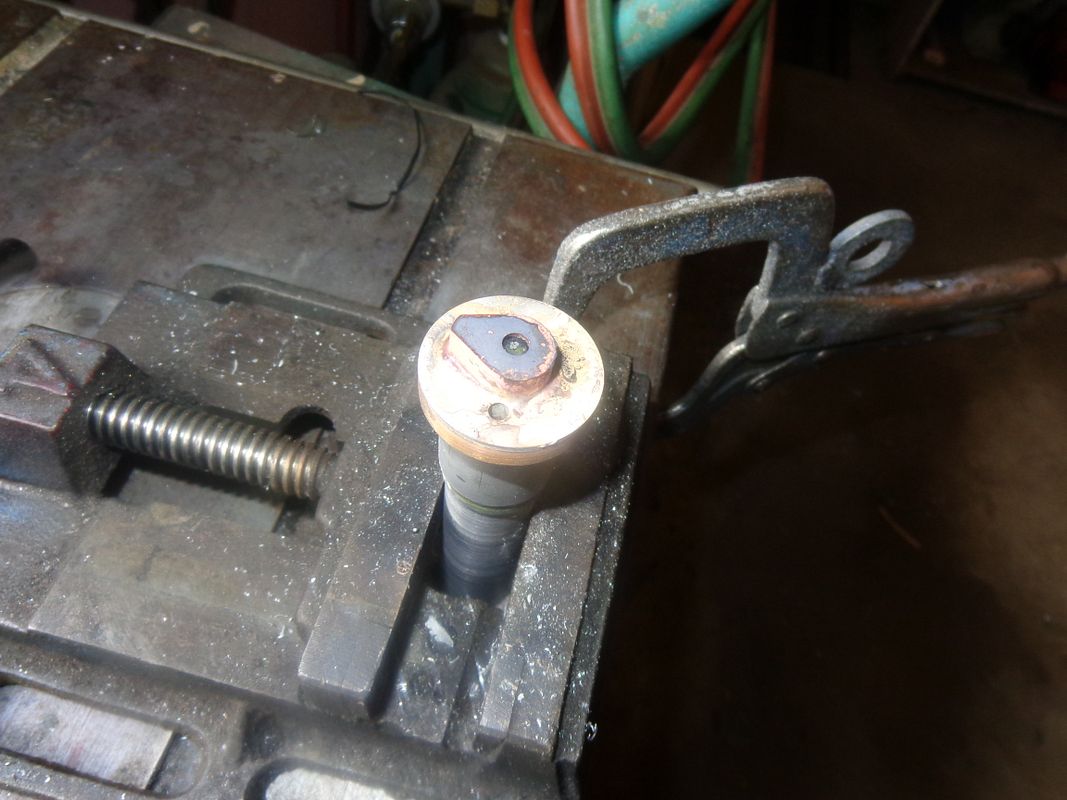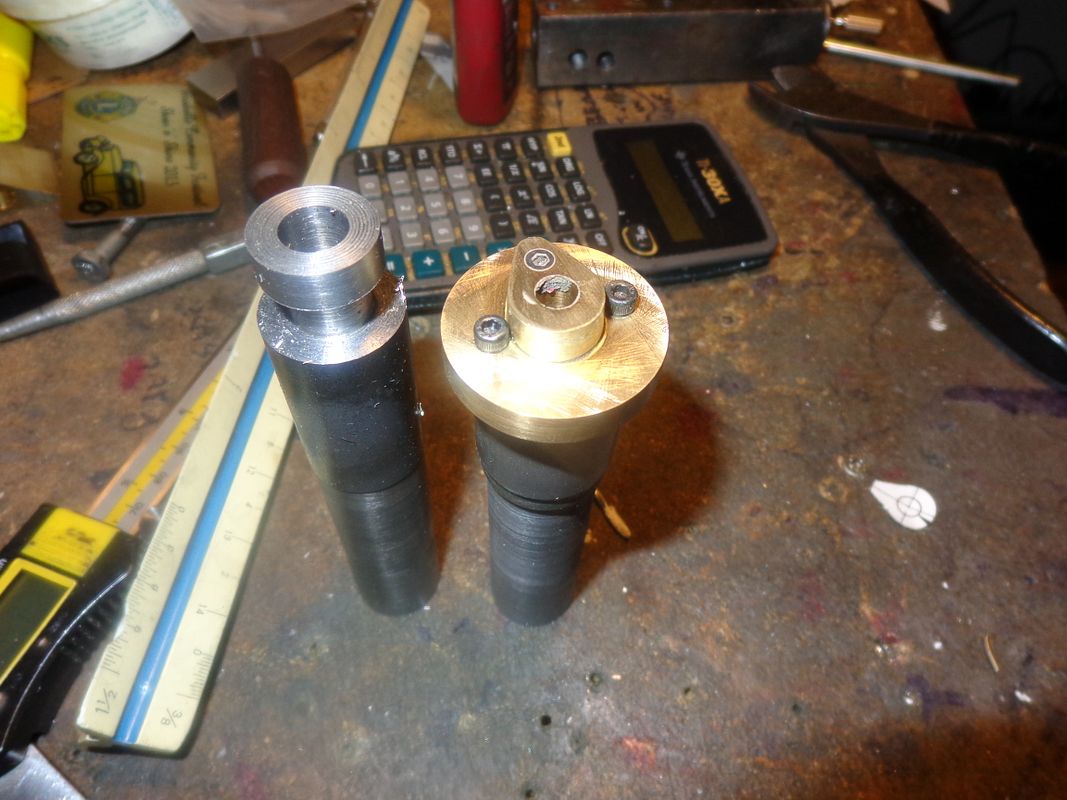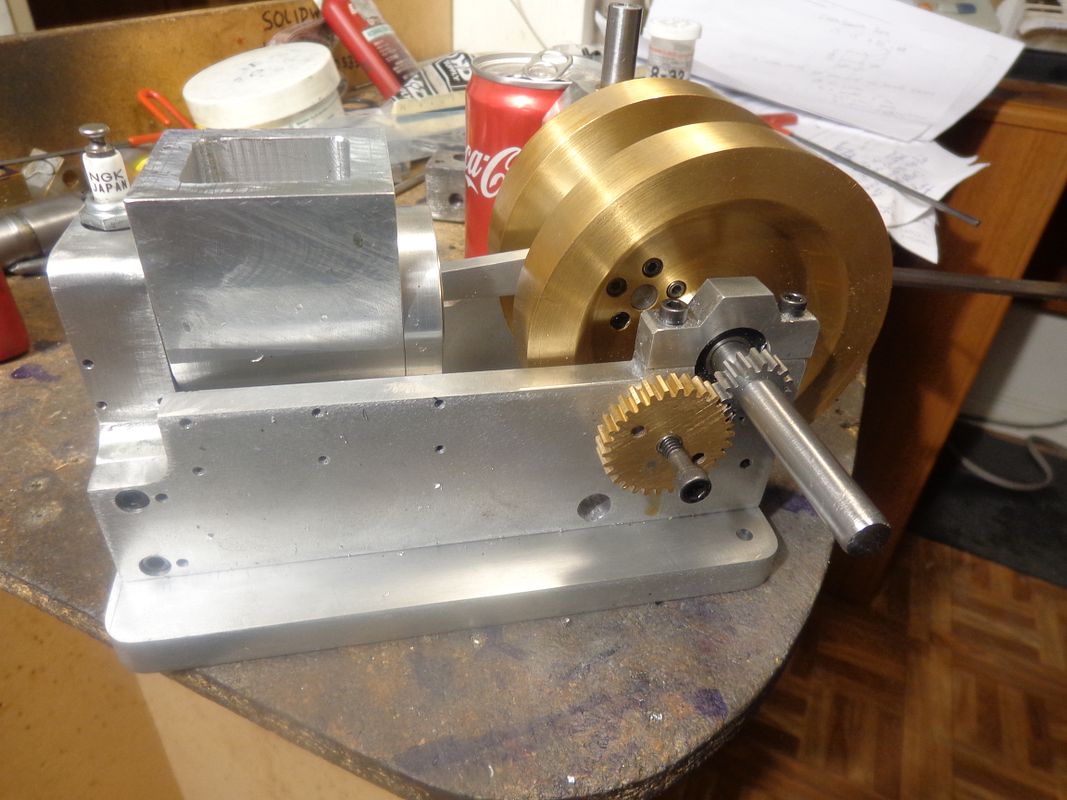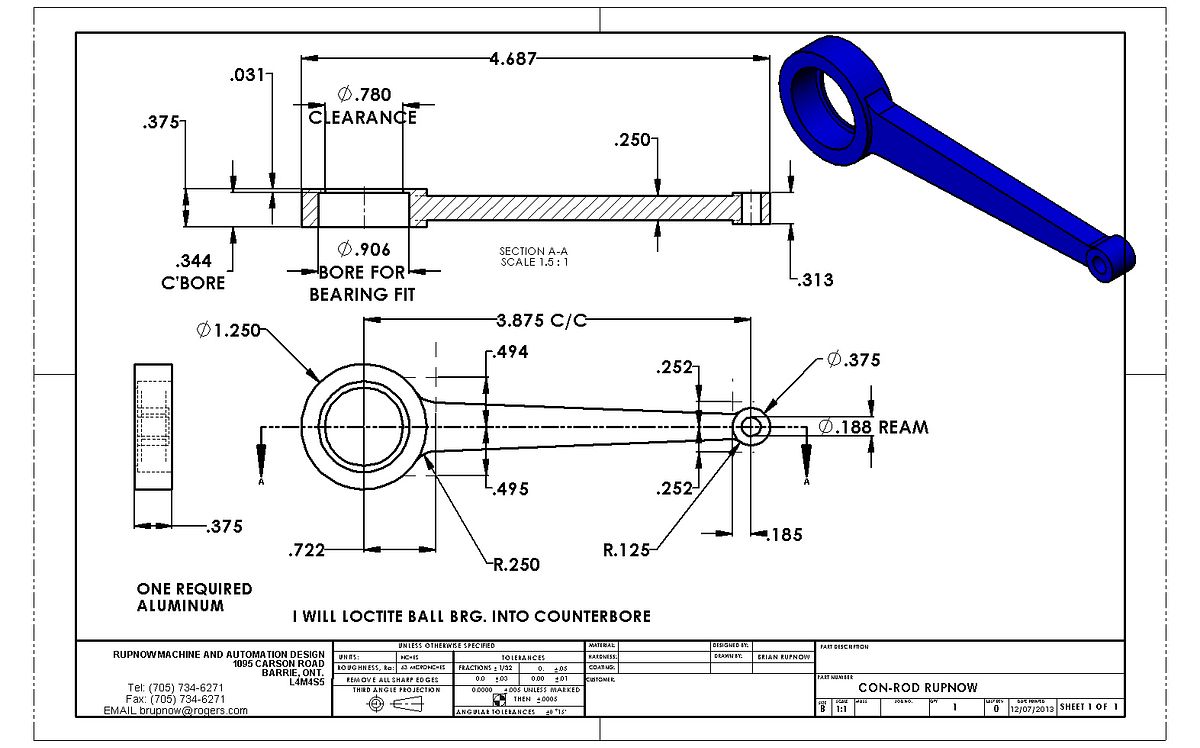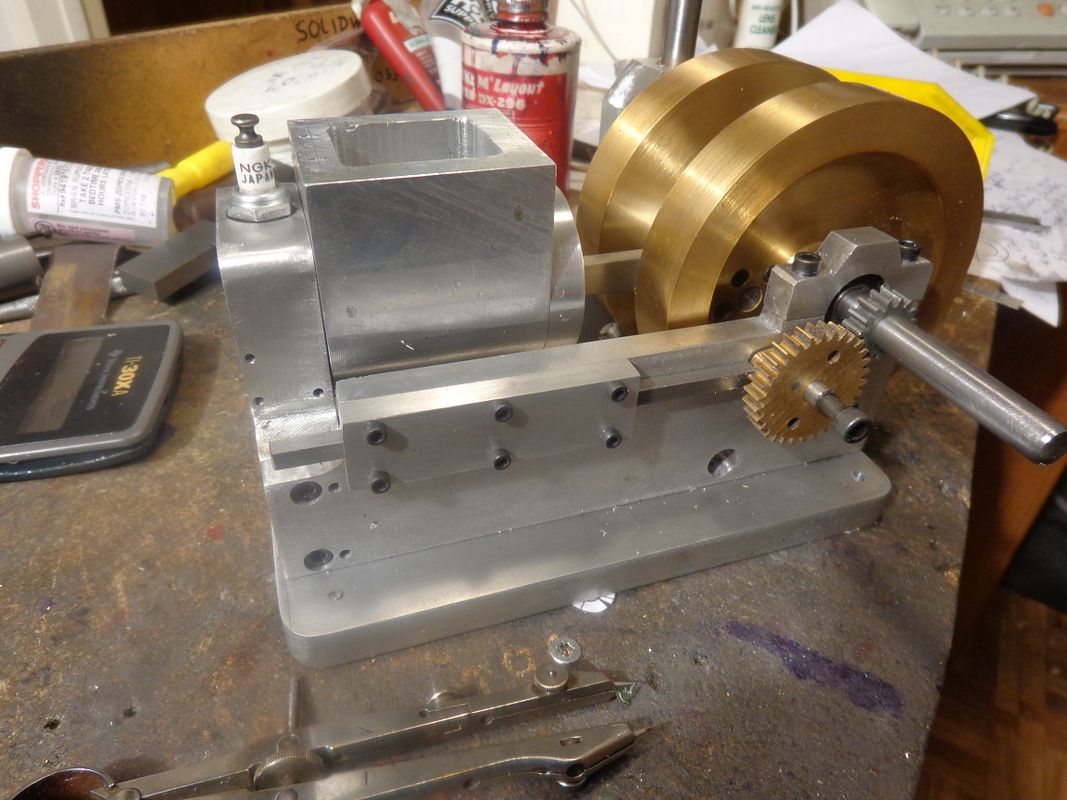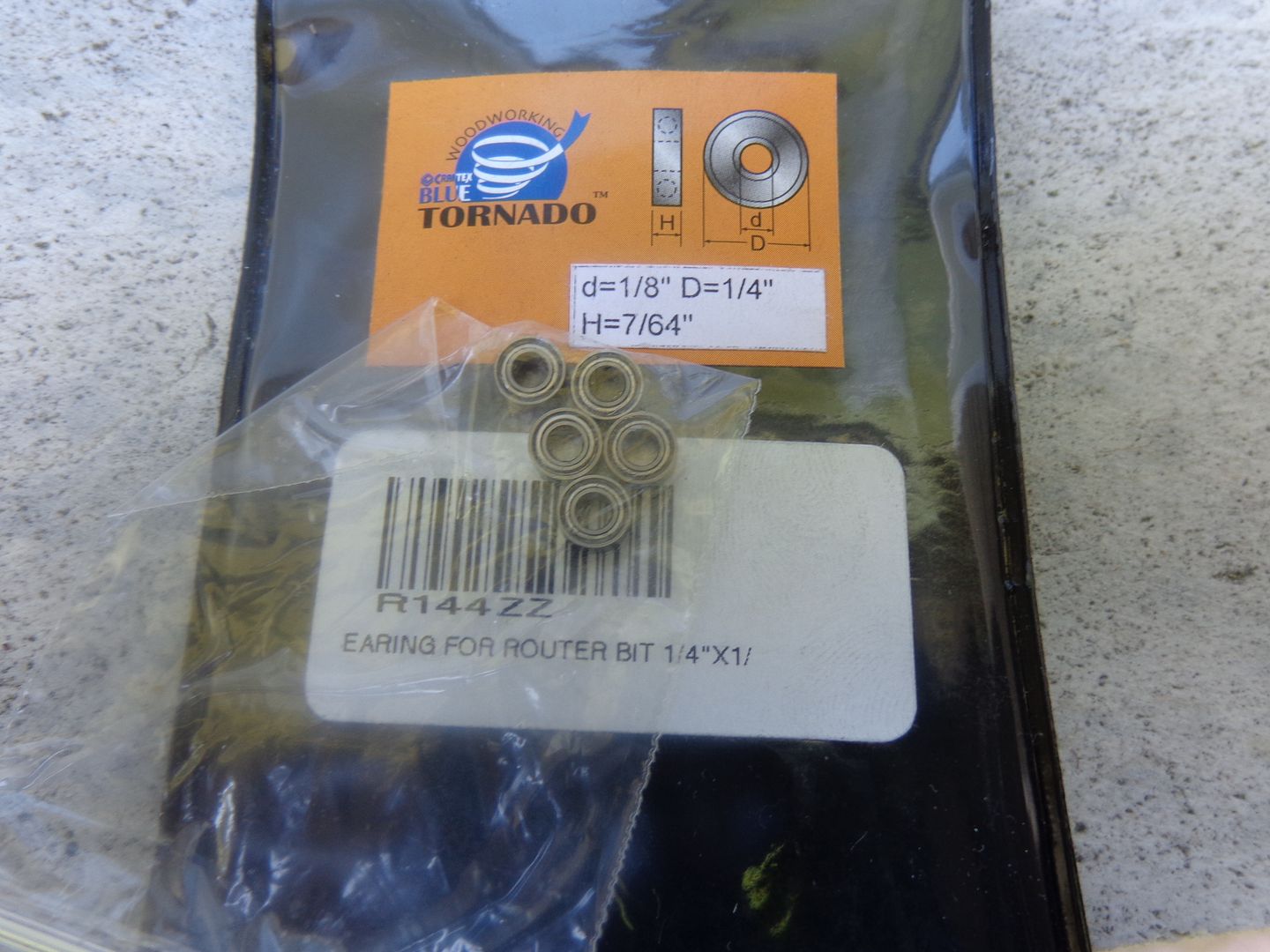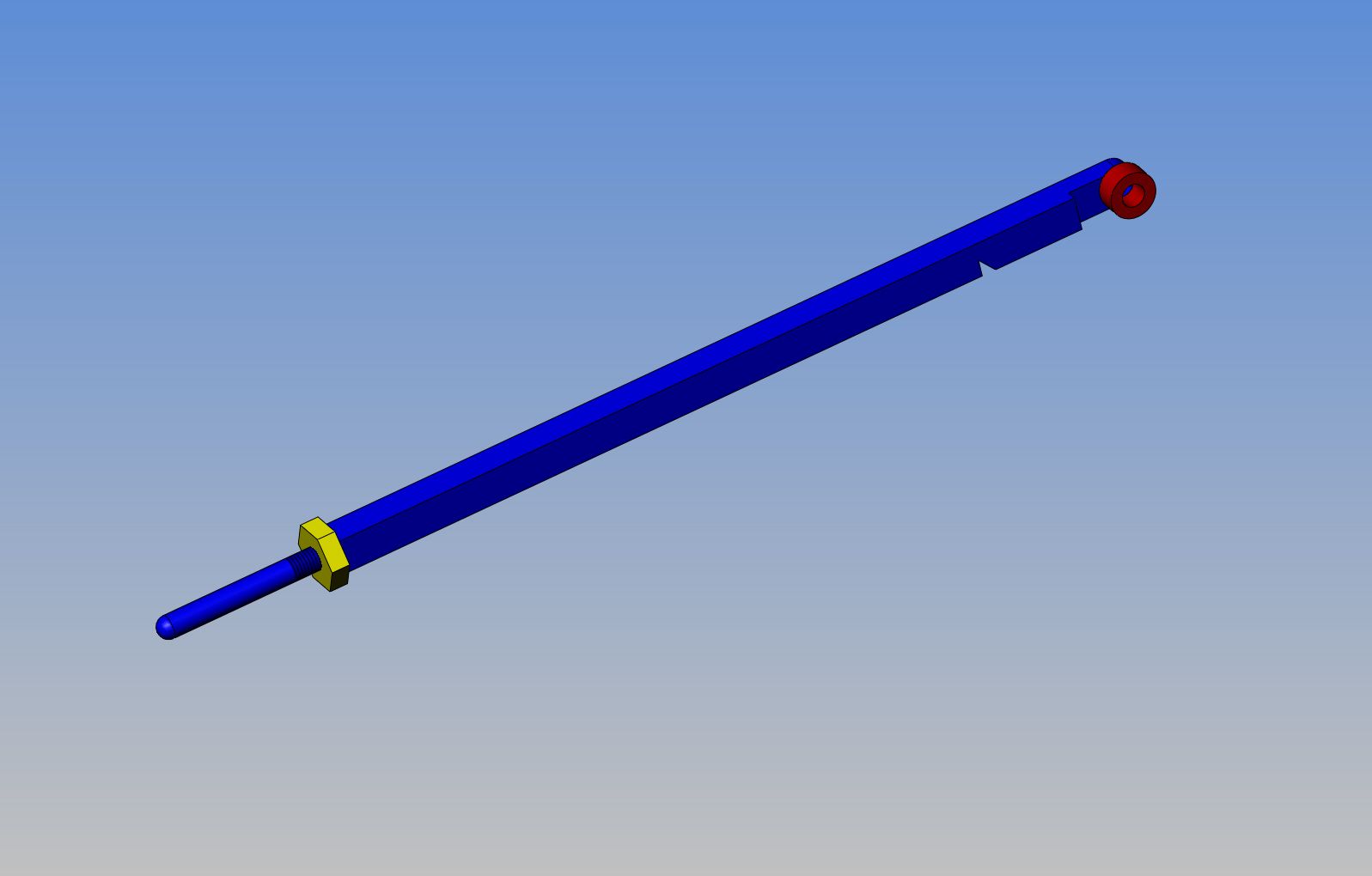starnovice
Member
- Joined
- Nov 21, 2010
- Messages
- 194
- Reaction score
- 23
Brian,
Before pointing out a mistake I meant to first thank you for another great design and build. It is also very kind of you to try to include other people into your build process. Thank you very much for all of the hard work.
Pat W
Before pointing out a mistake I meant to first thank you for another great design and build. It is also very kind of you to try to include other people into your build process. Thank you very much for all of the hard work.
Pat W





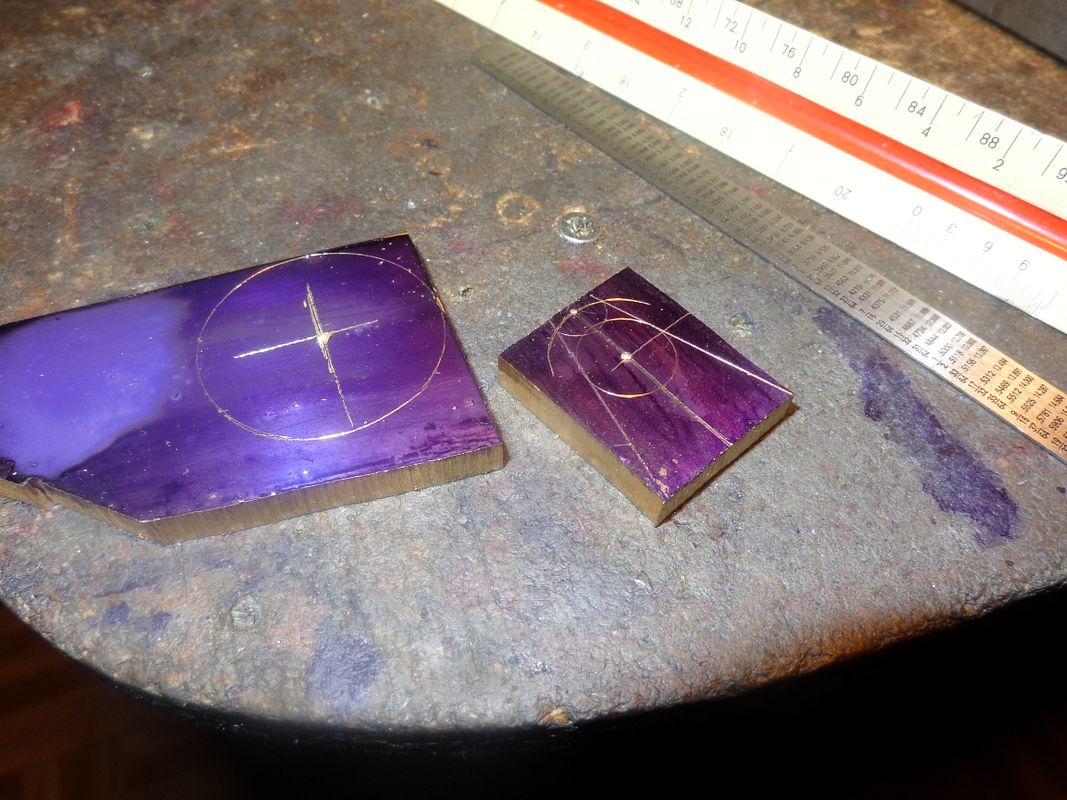
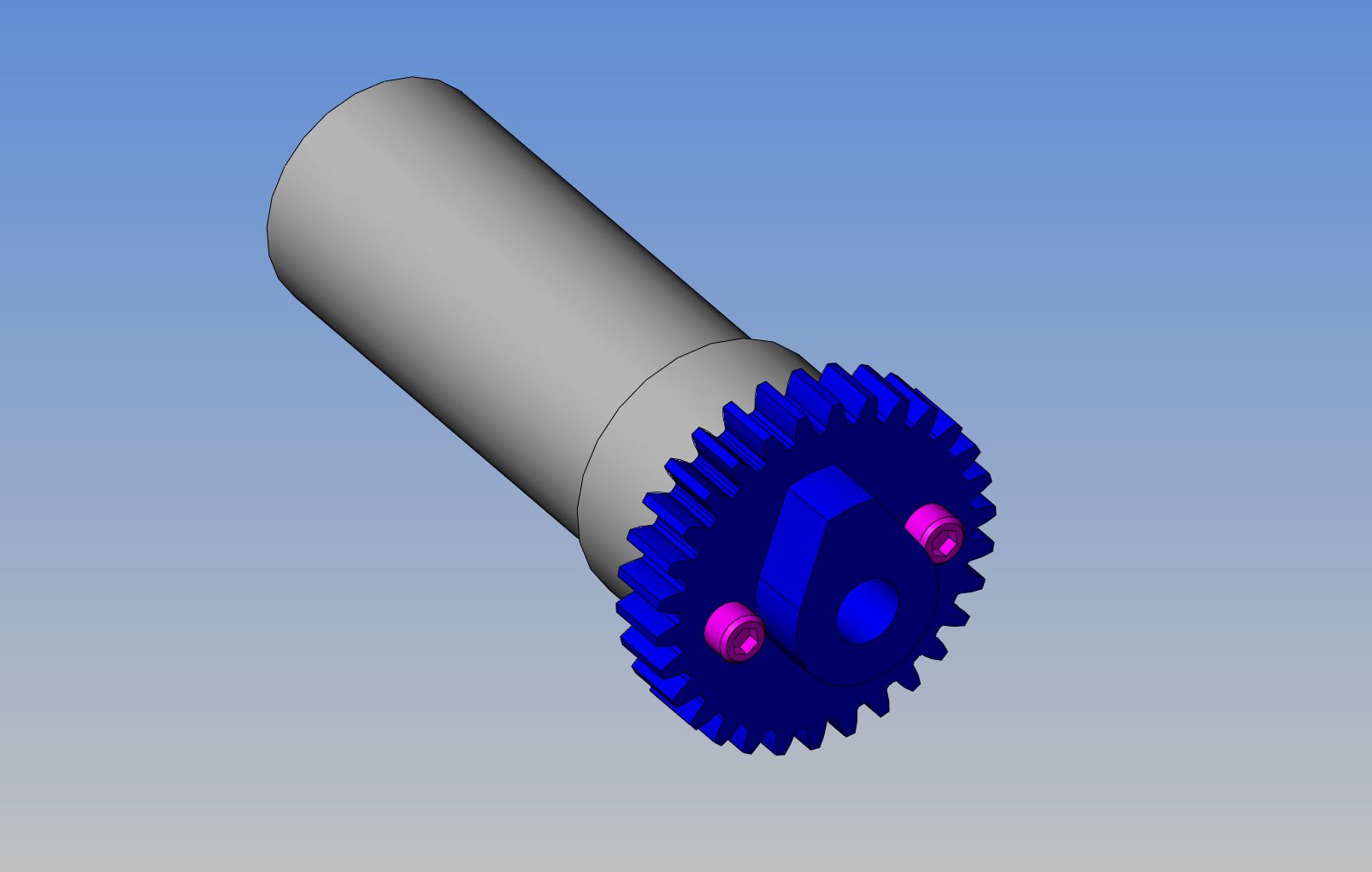














![DreamPlan Home Design and Landscaping Software Free for Windows [PC Download]](https://m.media-amazon.com/images/I/51kvZH2dVLL._SL500_.jpg)











